Church History
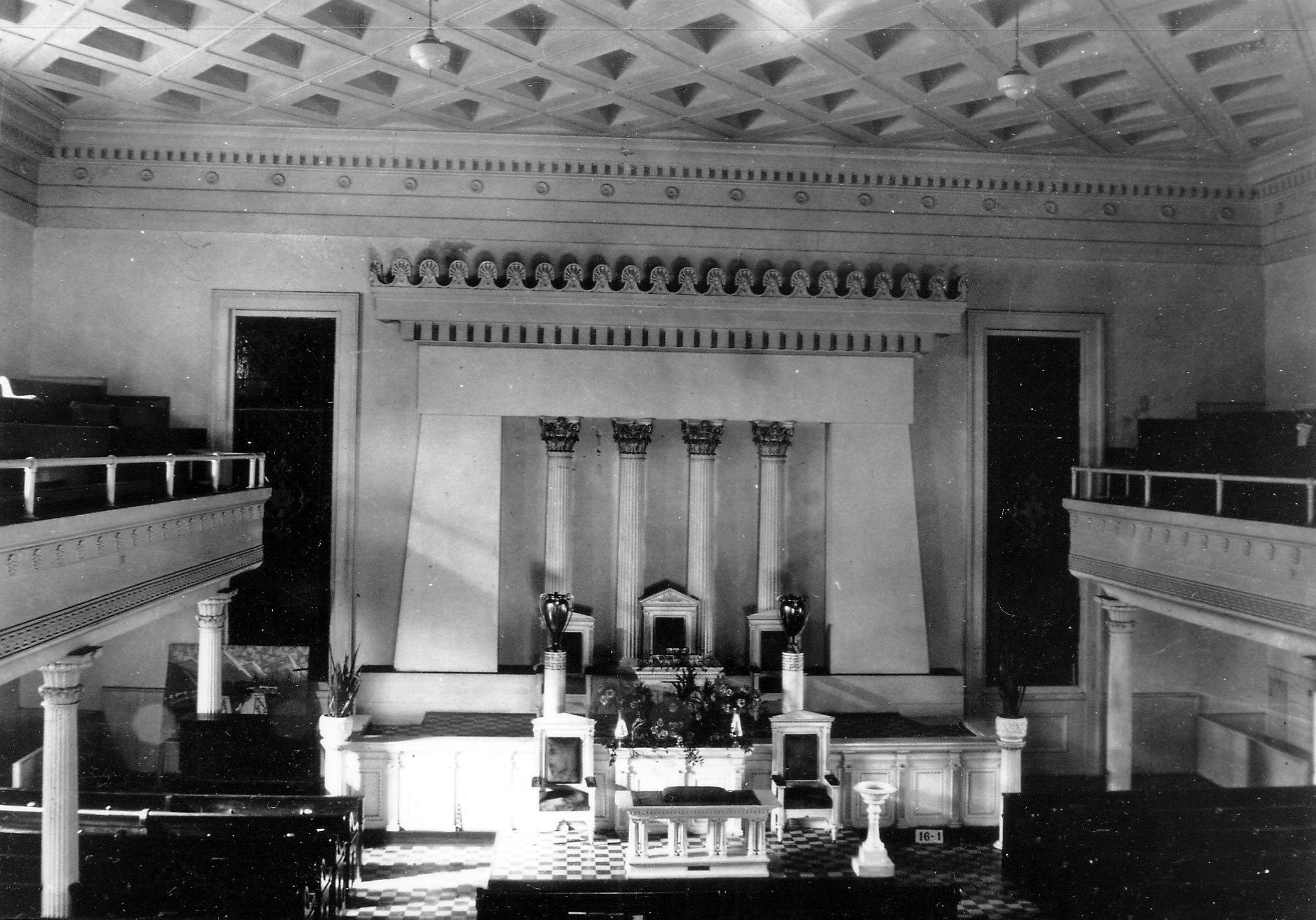
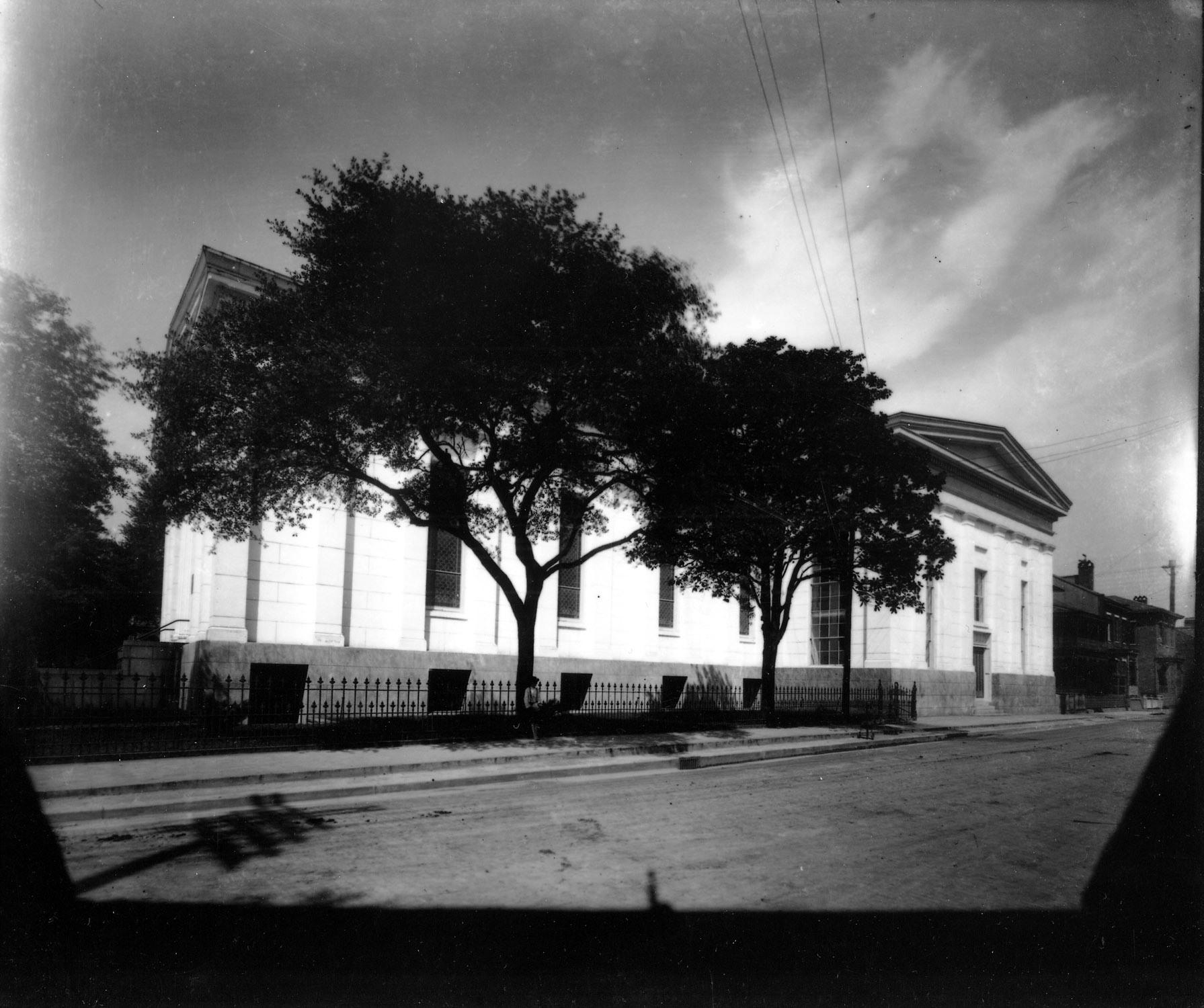
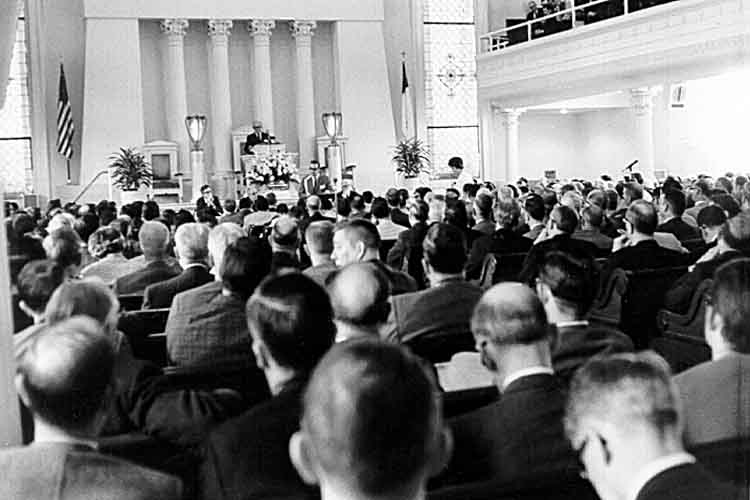
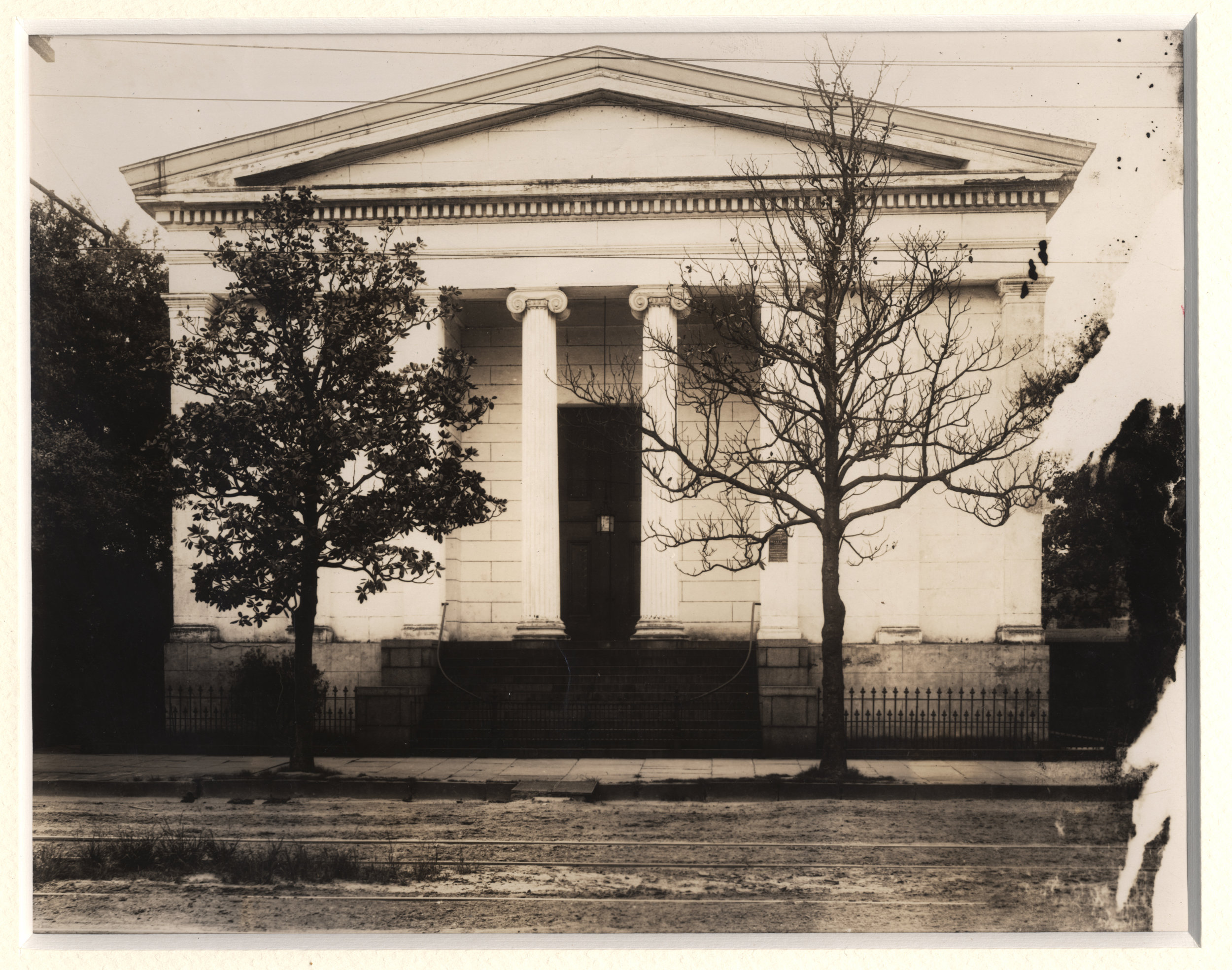

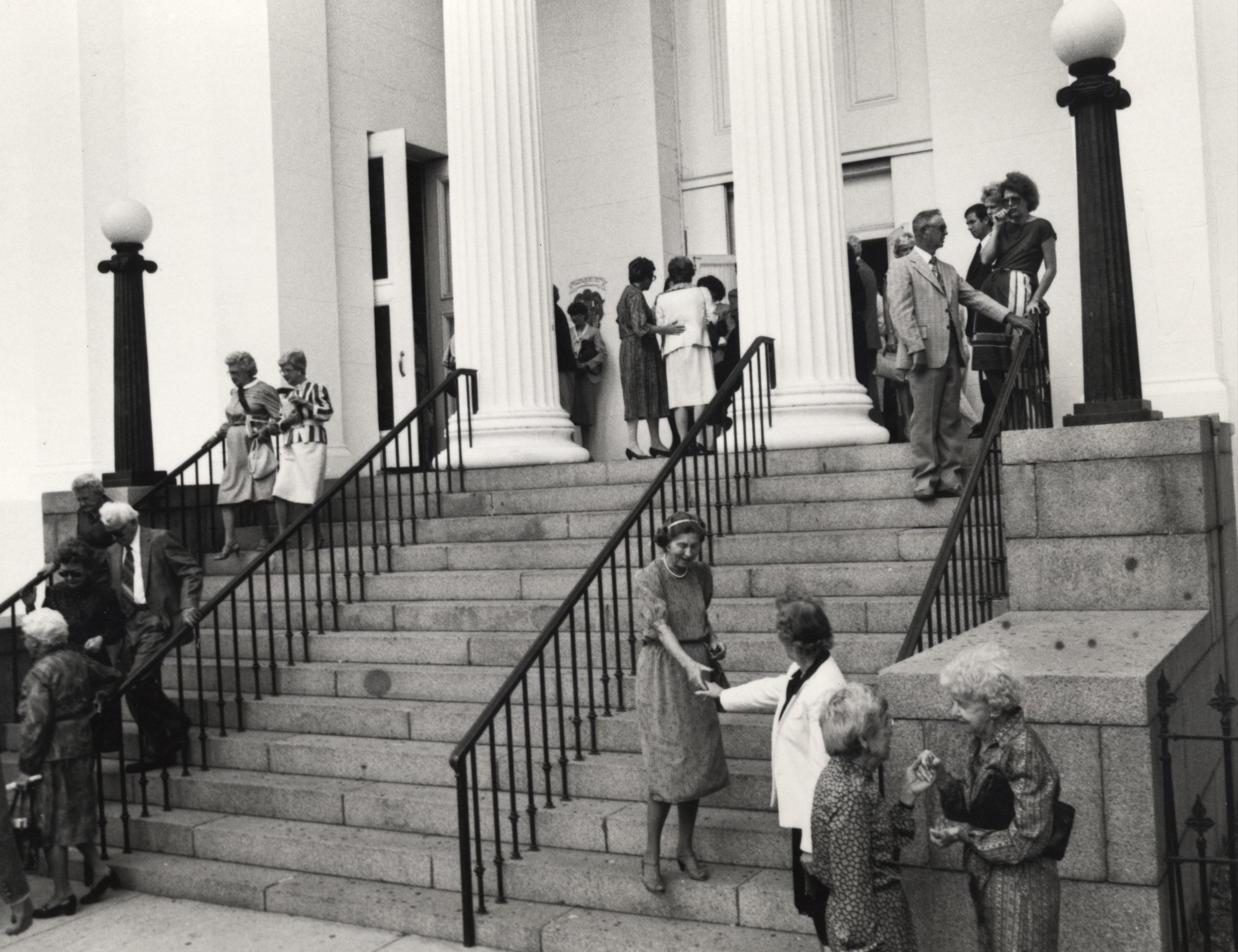
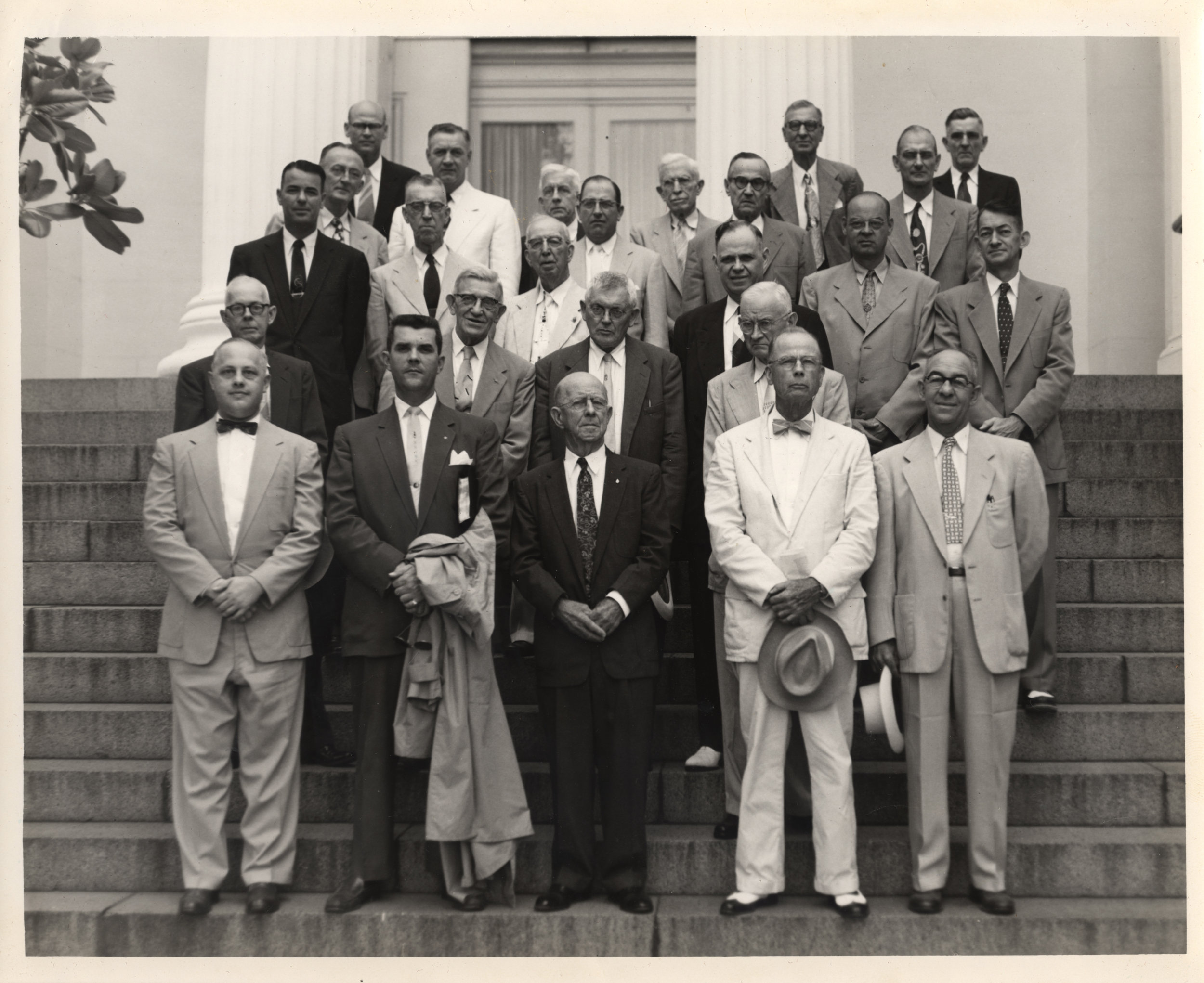
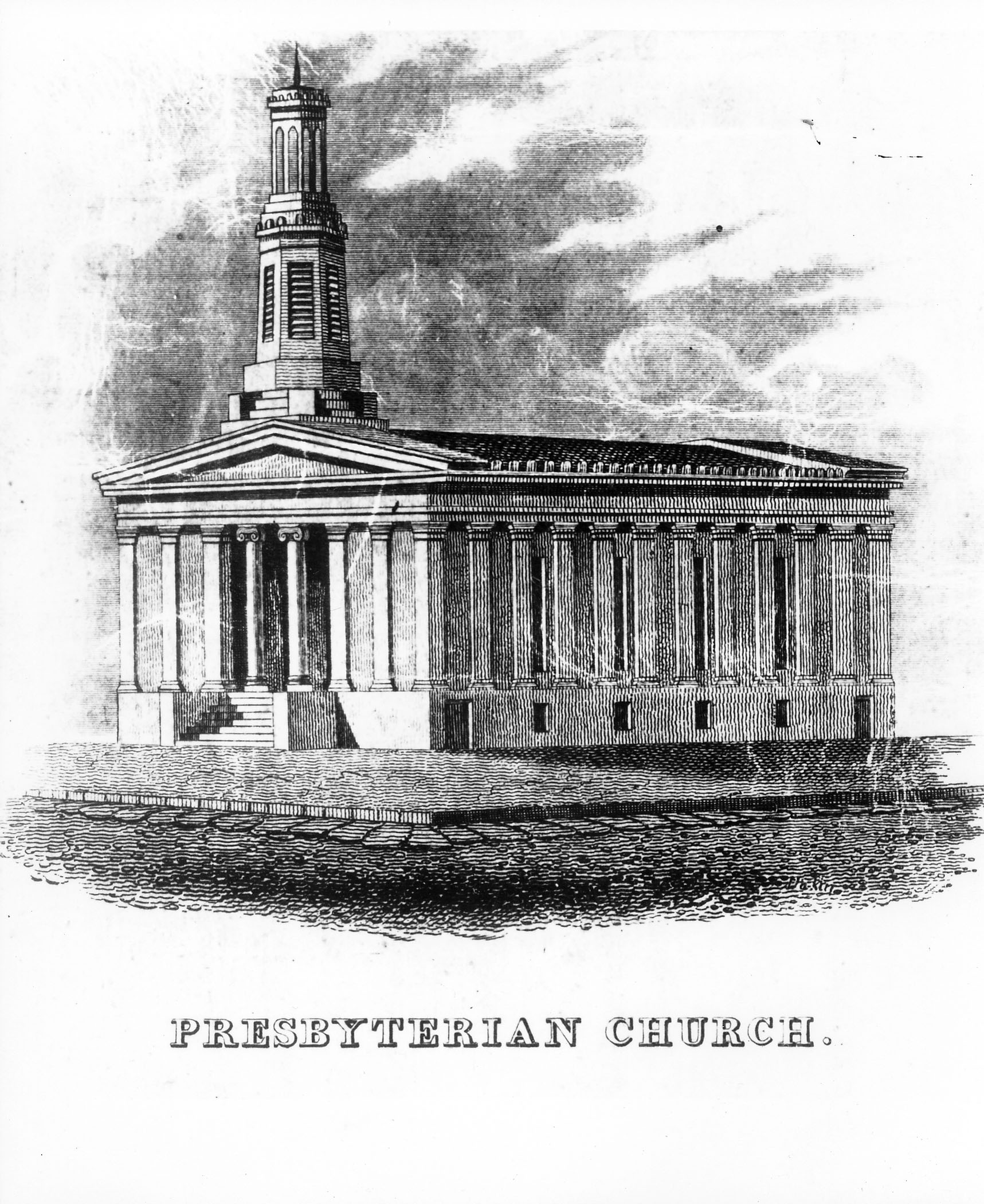
“We who use this Church today can never think of it as just four walls, as windows, aisles and pews, because for us, ever round it clings the memory of the hearts and hands and prayers that built it here for God.”
Alabama architects and historians regard Government Street Presbyterian Church as one of the most beautiful and historical churches in the nation, “worthy of most careful preservation for the benefit of future generations.” It has been called one of the finest examples of Greek Revival architecture in the country.
In the winter of 1822, the Reverend John Warren was sent to Alabama by the New York Evangelical Society of Young Men. He set about building a church on the present site of the LaClede Hotel, two blocks east of the present location. With his own hands, he chopped logs and floated them down the river to Mobile. The structure was completed in May of 1829. John Warren donated his completed handiwork to the Reverend Murdock Murphy who had founded, in 1822, the Independent Protestant Church. The congregation grew, and in 1836, land on the corner of Jackson and Government Streets was purchased.
Henry Hitchcock, a client of genius, and Charles Dakin, a carpenter turned architect, rebuilt the tropical city of Mobile during the bonanza decade of the 1830s into a gleaming white, classical revival town. The present church building, completed in 1839 at a cost of $60,000, had a steeple which housed a large clock imported from Liverpool. It also contained the city’s first fire bell, but during a storm in 1852 the steeple was struck by lightning and had to be removed, never to be replaced. The exterior is an excellent example of Greek Revival architecture with its handsomely proportioned portico and its dignified Ionic pillars. The interior is predominantly white and old gold. The dramatically lighted pulpit area is noteworthy for its four exquisitely carved Corinthian capitals and fine entablature. Unity of design is achieved by the repetition throughout the sanctuary of the classic motifs of the Greek key, acanthus leaves and lotus blossoms. The ceiling is deeply coffered in a diamond pattern. The original high-backed walnut pews are still in use. They were constructed with square nails and wooden pegs. In the early days the pews were privately rented and equipped with doors and individual locks. The doors were removed in 1893.
Other features of the church claim special interest: the massive sliding front doors, the curving stairway leading from the basement to the balcony and hand hewn attic beams extending the width of the building. The pulpit is a memorial to Susan Clarke, and the Tiffany lighted urns on either side are memorials to Grace Bestor Inge. The two lighted windows were given in memory of Ellen Tarleton Bestor. An Estey organ of 30 ranks, that traveled down the Ohio and Mississippi Rivers from the New York area, was installed in 1908. It was dedicated to the memory of John S. Holmes, organist, 1868-1908. Its original cost was around $1,000. In 2002, that organ was removed and the new 61 rank Rieger-Kloss Organ, from KRNV, Czech Republic, was installed.


